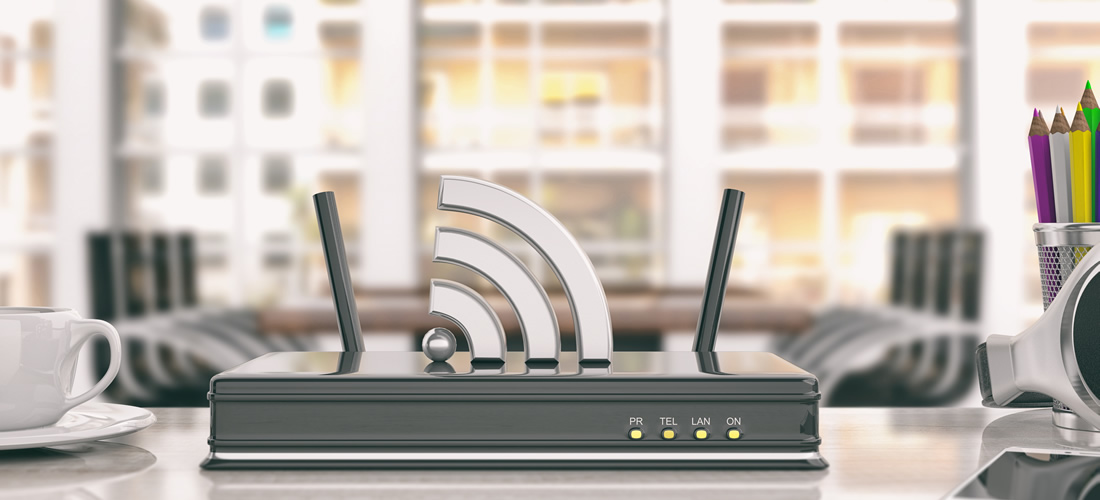Difference between DSL and WIFI, what you need to know

As long as it is connected to the DSL modem or built-in modem router, you have a 100% chance of having a wireless internet connection with DSL Internet. As a result, DSL provides Wi-Fi, while Wi-Fi cannot provide DSL Internet on its own. For that, you'll need a DSL router.
As a result, we believe that this is the primary difference between these two telecommunication systems. Aside from that, there are several other significant differences between DSL and Wi-Fi. They were both created to provide internet, but that does not mean they are identical.
A DSL modem is used to link DSL users to the internet. The transfer of data in a DSL modem occurs over a telephone landline, which digitally converts the produced signals sent over copper-telephone cables for computer use. On the other hand, a wireless router sends data directly from your modem to your Wi-Fi-enabled phone. We have some preliminary ideas about the differences between these two technologies at this time.
We need a good understanding of both DSL and Wi-Fi to make a thorough comparison between these two technologies and to better understand why they are not the same.
Need DSL internet connection?
Give us a call at 1-888-317-7540 or chek out list of DSL provider
Are they the same?
DSL
DSL stands for Digital Subscriber Line, which conveys or transmits digital signals over your landline or telephone's copper cable. DSL is a broadband service that connects you to the internet through your phone line and a DSL modem. This technology allows people in remote areas to connect to the internet at high speeds. With DSL, accessibility is very effective.
The reliability of the telephone landline you choose, the distance of the ISP from your site, and the mode of DSL internet subscription can all affect DSL download and upload speeds. The download and upload speeds range from 256 kbps to 24 Mbps. Other internet services, such as satellite-based internet and cellular data, are said to be much more expensive than DSL.
DSL isn't accessible everywhere, and it doesn't provide the same service to everybody. Users that are closer to their ISPs, on the other hand, have a stronger DSL internet connection than others. When opposed to a Wi-Fi connection, though, the availability is very wide when it comes to interference.
WiFi
When opposed to DSL Internet, a wireless internet connection, or Wi-Fi, is simply far more expansive. The router, which provides a wireless internet link to several users, sends out Wi-Fi signals. The internet is sent to the wireless router by the modem connected to a particular ISP.
Now let's look at how DSL and Wi-Fi vary from one another.
How are they different?
1. Actual Connection
Wi-Fi and DSL are two very different technologies. DSL services are one of the most reliable and direct internet connections available. DSL connects you to the internet using your phone's landline signals. There is a disparity between the frequency of the DSL modem and the range of the telephone line for supplying the feasible serviceable.
2. Availability
DSL is widely accessible, particularly in remote areas where access to the internet is limited since it is based on an existing telephone landline. DSL is extremely useful in these situations. Wi-Fi, on the other hand, is a single internet network that is set up for your location or the location of your business venture.
3. End-To-End Connection
Wi-Fi networks offer internet access to end-to-end connected users as well as over a wireless networking network within a workplace. As a result, Wi-Fi is delivered over radio waves, while DSL is delivered over telephonic waves.
4. Physical And Wireless Connections:
The proper wiring and cabling are required to create DSL Internet. The bond is established by physical interactions between the ISP and your residence. However, a wireless network, or Wi-Fi, is just what its name implies: a virtual connection. Satellite-based and cellular Wi-Fi connections are the most well-known.
5. Reliance And Network Speeds:
When opposed to Wi-Fi Internet, DSL Internet is even more cost-effective. The link is provided by DSL Internet to its less dependent users. As a result, unlike Wi-Fi, the rates are much slower. Wi-Fi Internet is less complicated than DSL Internet because it is cable-free and uses a wireless router/modem.
Related Posts

Fri, Dec 19, 2025 4:36 AM
SafetyEasy Ways to Keep Your Video Calls Secure
Learn practical ways to secure your video conferencing apps and protect your calls from unwanted access, cyberattacks, and privacy risks.

Fri, Dec 19, 2025 2:39 AM
Internet Bundles Broadband Deals TechnologyWhy Internet Bills Keep Going Up (And Why It Feels Constant)
Why do internet bills keep rising? Learn how ISP fees, limited competition, and pricing strategies quietly increase broadband costs.

Thu, Dec 18, 2025 3:59 AM
cheap internet dealsViasat (Exede) Satellite Internet Plans & Pricings
Explore Viasat (Exede) satellite internet plans, pricing, and speeds. Learn about availability, equipment, technology, and tips for rural and remote areas.

Thu, Dec 18, 2025 2:14 AM
SafetySimple Online Safety Tips Anyone Can Follow
Learn simple, practical ways to stay safe online—even if you’re not tech-savvy. Protect your data, avoid scams, and improve digital security with easy habits.

Wed, Dec 17, 2025 2:22 AM
WifiWhy’s My Internet Slower Than What I’m Paying For?
Paying for fast internet but getting slow speeds? Learn the real reasons your internet doesn’t match your plan and how to fix performance issues.